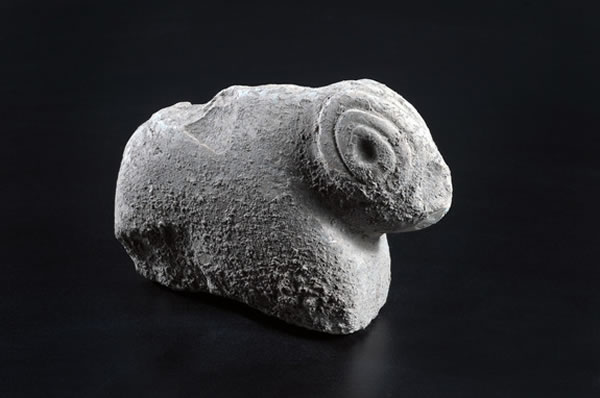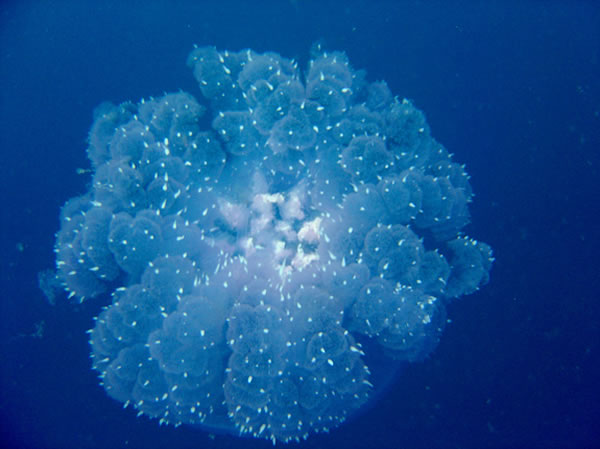By Lara Jakes

Iraqis shop at a marketplace in northern Baghdad's
Kazimiyah neighborhood , Iraq, Sunday, Sept 2, 2012.
For much of
Iraq's
youth, sporting blingy makeup, slicked-up hair and skintight jeans is
just part of living the teenage dream. But for their elders, it's a
nightmare.
A new culture rift is emerging in Iraq, as
young women
replace shapeless cover-ups with ankle-baring skirts and tight blouses,
while men strut around in revealing slacks and spiky haircuts. The
relatively skimpy styles have prompted Islamic clerics in at least two
Iraqi cities to mobilize local security guards as a "
fashion police" in the name of protecting religious values.
"I
see the way (older people) look at me — they don't like it," said
Mayada Hamid, 32, wearing a pink leopard-print headscarf with jeans, a
blue blouse and lots of sparkly eyeliner Sunday while shopping at the
famous gold market in the
northern Baghdad neighborhood of Kazimiyah.
She rolled her eyes. "It's just suppression." So far, though, there are no reports of the police actually taking action.
This
is a conflict playing out across the Arab world, where conservative
Islamic societies grapple with the effects of Western influence,
especially the most obvious — the way their young choose to dress.
The
violations of old Iraqi norms have grown especially egregious,
religious officials say, since the Aug. 20 end of Ramadan, Islam's holy
month. In the last two weeks, posters and banners have been hanging
along the streets of
Kazimiyah, sternly reminding women to wear an abaya — a long, loose black cloak that covers the body from shoulders to feet.
A
similar warning came from Diwaniyah, a Shiite city about 130 kilometers
(80 miles) south of the capital, where some posters have painted a red X
over pictures of women wearing pants. Other banners praise women who
keep their hair fully covered beneath a headscarf.
Religious officials speculate young Iraqis got carried away in celebrating the end of Ramadan and now need to be reined in.
"We
support personal freedoms, but there are places that have a special
status," said Sheik Mazin Saadi, a Shiite cleric from Kazimiyah, home to
the double gold-domed shrine that is one of Shiite Islam's holiest
sites.
He said the area's residents lobbied Baghdad's local
government to ban unveiled women from walking around the neighborhood,
including its sprawling open-air market that attracts people from across
Iraq.
"The women started to follow to this order," Saadi said.
Government
leaders in Baghdad say they've issued no such ban and ordered some of
the warning posters removed. The rule "is only for the female visitors
who go inside the shrine itself," said Sabar al-Saadi, chairman of the
Baghdad provincial council's legal committee. "We think that wearing a
veil for women in Iraq is a personal decision."
Muslim women
generally wear headscarves or veils in public out of modesty, and
female worshippers are required to wear an abaya or other loose robes in
shrines and mosques.
But over the last several years, following
the 2003 U.S.-led invasion and the fall of dictator Saddam Hussein,
Western styles have crept into Iraq's fashion palate. Form-fitting
clothing, stylish shoes and men's edgy hairstyles are commonly seen on
the street. Some younger women have even begun to forgo the hijab, or
headscarf.
Their parents — and their parents' parents — fear
Western influence will drown out Iraq's centuries of culture and respect
for religion.
"We as Iraqis do not respect our traditions," said
Fadhil Jawad, 65, a gold seller near the Kazimiyah shrine. He estimated
his profits have dropped by 10 percent in the last two weeks since
authorities posted warnings about improper dress codes at the entrance
to the market. He called the financial loss worth the lesson being
imposed.
"Legs can be seen, there are low-cut shirts," Jawad
lamented. "And all, very, very tight. I think these Iraqis who are
wearing these things have come back from
Syria, Dubai and
Egypt.
They probably spent too much time in nightclubs. The families in
Kazimiyah are conservative. These young people — nobody can control
them. They should be given freedoms, but they should know their limits."
Several
young adults strolling the Kazimiyah gold market on Sunday accused the
religious class of trying to pull Iraq back to the dark ages, a
sentiment that human rights activist Hana Adwar echoed.
"It is an
aggression on the rights of not only religious minorities, but also on
secular Muslim women who do not want to wear veils," said Adwar, head of
the Baghdad-based Iraqi Hope Association.
Men, too, have been
targeted in the fashion flap: Edgy haircuts, tattoos and body piercings
have angered religious authorities. But
Hassan Mahdi, 22, said he does not care.
"No,
hell no, nobody can tell me what to do," said Mahdi, sporting a tight
turquoise Adidas tracksuit and a trendy moptop hairdo at the Kazimiyah
market.
So far, it appears, the fashion police have stopped short
of taking any real steps. Guards at two security checkpoints in
Kazimiyah said they have not been ordered to stop daring dressers from
entering the market, and 17-year-old Ali Sayeed Abdullah said his
slicked-up pompadour didn't prevent him from going into the shrine.
"Nobody objected," he said. "But if there is a ban on this, I will
change it," referring to his hairstyle.
But some women have been
handed tissues at Kazimiyah checkpoints and told to wipe off their
makeup before entering the market, said resident Hakima Mahdi, 59.
"This
is very good," she said, smiling broadly, sheathed in a black cloak
with an extra abaya covering her head. "It's respect to the imam,
respect to this holy place."
















 The
symbol, @, that most younger people know only from email addresses and
Twitter, has a long history. Its medieval origin is a little fuzzy, but
there are several possible explanations of its birth. When I was young,
it was shorthand for "at," which always seemed silly to me, because why
abbreviate such a short word?
The
symbol, @, that most younger people know only from email addresses and
Twitter, has a long history. Its medieval origin is a little fuzzy, but
there are several possible explanations of its birth. When I was young,
it was shorthand for "at," which always seemed silly to me, because why
abbreviate such a short word? 











